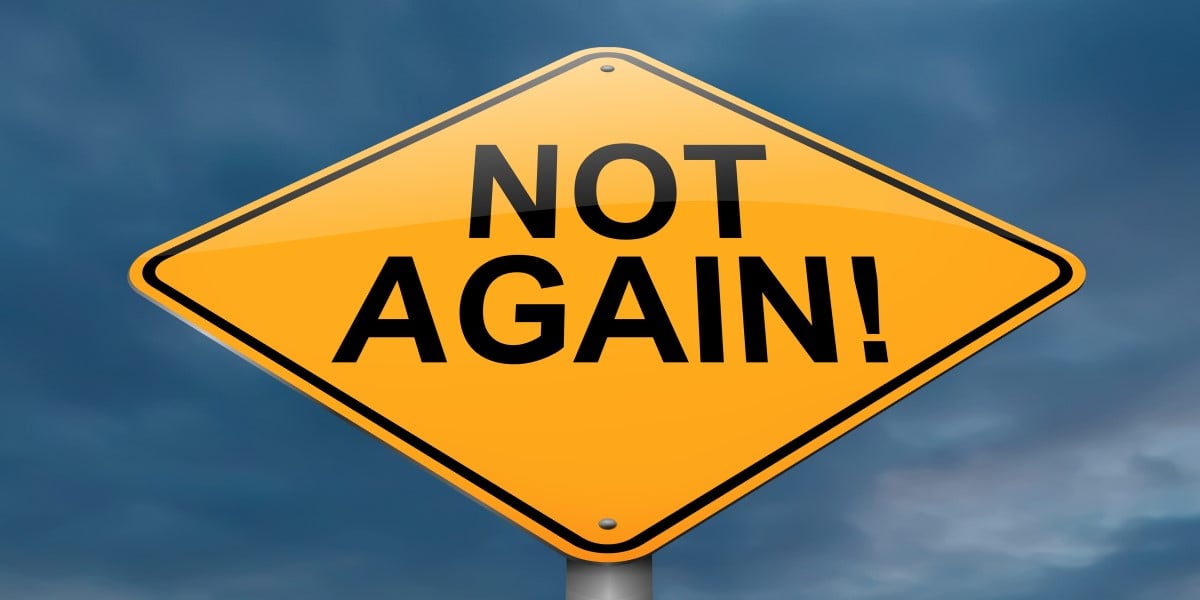Almost on a whim last September, John Henry bought his first bottle of kratom.
Standing in line at a gas station near the King of Prussia Mall, he’d watched a customer ahead of him purchase two shots of a tonic called OPMS Black Liquid Kratom. “Does that stuff work?” he asked. The man said he had been addicted to opioids, and it helped him relax.
Henry, a 52-year-old with a marketing career and a family, was also in recovery after years struggling with alcohol and Vicodin. He figured an herbal supplement derived from a Southeast Asian plant seemed harmless in comparison.
Sold over-the-counter at gas stations and smoke shops across the Philadelphia region, kratom powders, pressed pills, and ultra-concentrated liquid shots come branded with promises of relaxation, increased focus, and pain relief.
But these largely unregulated drugs, which can be thousands of times more potent than the plant itself, can also be wildly addictive. The kratom derivative 7-Hydroxymitragynine, or 7-OH, is as potent as morphine, triggering the same receptors in the brain as powerful opioids like heroin and fentanyl, but with a short-lived “high” that drives cravings.
It also summons similarly devastating withdrawal symptoms, a constellation of nausea, agitation, and sleeplessness. After his first bottle, Henry couldn’t stop.
“I just opened up Pandora’s box,” he said.
The version of kratom that Henry bought at the King of Prussia gas station was not even the most powerful of the kratom products for sale in the region. But still, in July, the U.S. Food and Drug Administration warned consumers about the OPMS brand after it was linked to a death — and the federal government recently moved to ban 7-OH outright.
Within three weeks of his first purchase, Henry went from one bottle of kratom a day to six. His habit grew so severe that he had to downgrade to a cheaper brand called Feel Free. And it seemed like there was a dealer on every corner: smoke shops hawking unregulated drugs like 7-OH and hemp-based THC products.
» READ MORE: Inside Pennsylvania’s Wild West of unregulated weed
Henry said a shop in Haverford often fronted him the cash to feed his habit until his next paycheck cleared.
One day in October, after drinking eight shots of kratom, he experienced a psychotic break. His vision was vibrating.
“I [felt] like [I was] going to burn this house down or shoot myself in the eyeballs,” he recalled. “It was the most horrible feeling, this insane irritability, like I was crawling out of my skin.”
The drug’s powerful effects and painful withdrawal have led to a rise in kratom-related rehab visits in the area, including among people like Henry who already struggled with another addiction.
“[They] are shocked to learn that they’re exactly where they started — just with a different substance,” said Adam Scioli, chief medical officer at Caron Treatment Centers, noting that kratom can damage “just about every organ” in the body.
Henry’s wife, an addiction therapist whom he met in the recovery community, found him dry heaving in their bathroom and took him to the hospital. Henry was transferred to Belmont Behavioral Health System in Philadelphia and sedated for four days until he leveled out again.
“I haven’t touched it since,” he said, “and I will never touch it again.”
‘Ancient botanical wisdom’
Southeastern Pennsylvania is home to a bevy of mom-and-pop kratom shops, wholesalers, and even producers.
Dating back to the 19th century, kratom is made from pulverized leaves of the Mitragyna speciosa tree, native to countries like Thailand and Indonesia. Often marketed alongside phrases like “ancient botanical wisdom,” kratom companies champion the drug both as a natural stimulant and a safer alternative to opioids — although the U.S. Drug Enforcement Administration maintains it has no medical uses or benefits.
The key ingredient, mitragynine, is a psychoactive alkaloid with pain-relieving properties that act in low doses as a stimulant. A capsule of ground powder or a spoonful in tea has become a popular remedy for some people who live with chronic pain or fatigue — and a big business.
Sean Zamorano was one of the first to get into selling kratom around Philadelphia. He and his wife started using the powdered leaf in 2015 to help them get off opioids.
“We saw an improvement — that we didn’t want to use,” he said. “It’s a great product, but if you’re looking to get high … plain leaf just scratches the itch, the compulsion.”
“I [felt] like [I was] going to burn this house down or shoot myself in the eyeballs,
Zamorano, who later started an online store selling kratom products, saw a darker side emerge over the past two to three years, as far more powerful synthesized 7-OH extracts emerged at smoke shops and gas stations.
Zamorano said producers also add pool shock and other chemicals to increase the strength thousands of times beyond the plant’s natural potency.
Inquirer reporters visited stores in Philadelphia that sold such products openly. One smoke shop at Third and Christian Streets showcased a wall of multicolored pill packets marketed under narcotic-inspired brand names like Dopium, Perks, and Opia.
While recommended doses vary from 1 to 10 milligrams, pressed pills range between 20 and 50 milligrams. One company, 7 Hydro, sold bottles advertising 230 milligrams of active ingredients, like 7-OH. Some companies even market the products as lickable ice cream cones and other edible treats.
And with no formal labeling conventions for kratom, consumers may be in the dark about a product’s ingredients, recommended dose, or potential side effects.
“You have people starting out with 5 milligrams or less, then they’re taking 50, 60, then 200mg a day,” Zamorano said. “It latches on and it doesn’t let go.”
Rising rehab visits
At Caron Treatment Centers, Scioli treated his first kratom patient in 2015, a healthcare worker who had struggled with addiction in the past and was using kratom in part because it’s often not included in drug screening.
With treatment centers in five states, including three in Pennsylvania, Caron since 2002 has admitted 128 patients who used kratom — 70% of whom said it was their primary drug of choice.
Scioli is particularly concerned by patients who use potent kratom extracts like 7-OH, which he says is actually a synthetic opioid. “Patients respond to it in a way,” he said, ”that’s very, very similar, clinically, to what we see when patients present with an opioid use disorder.”
Although the drug’s short duration makes it difficult to conclusively link it to overdoses, at least one family in Pa. filed a wrongful-death suit against a kratom manufacturer. And public health officials reported a sharp uptick in 7-OH-related hospitalizations in the state.
Pennsylvania Poison Centers received 167 calls reporting kratom exposure in patients between 2022 and 2025. Reports of exposure nearly doubled between 2023 and 2024, with patients ranging from infants to octogenarians. The centers reported that 81 people suffered “significant illness” and 14 people, most of whom had also been exposed to other drugs, had to be placed on a ventilator.
“As we’re seeing products in a lot of gas stations and smoke shops, we’re getting more and more calls related to it, and clinicians are becoming more aware of these products,” said Adam Jaworski, the director of the Philadelphia Poison Control Center.
Lawmakers have been slow to respond.
Even kratom industry advocates said they are in favor of restricting the heavily synthesized concentrates, which they say are tarnishing the reputation of the comparatively mild plant-based forms of the drug.
“They’re capitalizing on the safety profile of kratom,” said Mac Haddow, a senior fellow at the American Kratom Association. “They think they’re buying a kratom product. It’s done deliberately to confuse consumers.”
A legislative wake-up
In September 2024, Pete was six months sober from alcohol and committed to recovery. As he was focusing his career in real estate, he began looking for something nonaddictive to take the edge off after long days at the office.
He turned to kratom — in particular, 7-OH.
“I didn’t think anything of it,” Pete said, whose last name The Inquirer is withholding due to concerns about workplace repercussions from his substance use.
Over the last 10 months, Pete said he spent more than $50,000 fueling and then fighting his new addiction. In June, he returned to an inpatient treatment program where, as with his rehab stint for alcohol, he learned he wasn’t alone.
“Once in treatment, I wasn’t unique … A lot of people in there have had issues with it,” Pete said. “Anyone and their mother can walk into a gas station and buy this stuff.”
Pete said he wished the government had moved sooner to take action on products like 7-OH.
» READ MORE: Kratom is linked with numerous deaths. But it won’t be easy for Pennsylvania to ban it.
The DEA moved to schedule these alkaloids in 2016, but then withdrew its petition. This year, federal agencies launched a blitz against kratom companies, issuing warning letters to producers who are putting 7-OH in food and drinks. Last month, federal health officials recommended classifying the drug as an illegal narcotic, a process that could take several months.
In February, state Sen. Tracy Pennycuick (R.-Berks) introduced a bill with bipartisan support that would restrict kratom sales in Pennsylvania to people 21 and over, require kratom labels to include ingredients and a recommended dosage, limit concentrations of 7-OH in kratom products, and ban synthetic kratom compounds entirely.
She’s hoping the federal government’s focus on 7-OH will renew interest in regulating kratom at the state level.
“I think people weren’t really aware of it. Now they’re starting to wake up and go, ‘Oh gosh, we need to make sure we’re protecting our kids from this,’” she said. “And if adults are using it, they should know what’s in the product.”
Pete said he hoped to see manufacturers and distributors of 7-OH products held accountable.
He argued they are no different from pharmaceutical companies that accelerated the opioid crisis, profiting on drugs that killed tens of thousands and ensnared millions in addiction.
“I’m waiting for the day when a lawyer or someone comes along to do something,” he said. “These people should be held to a standard.”
Source link


